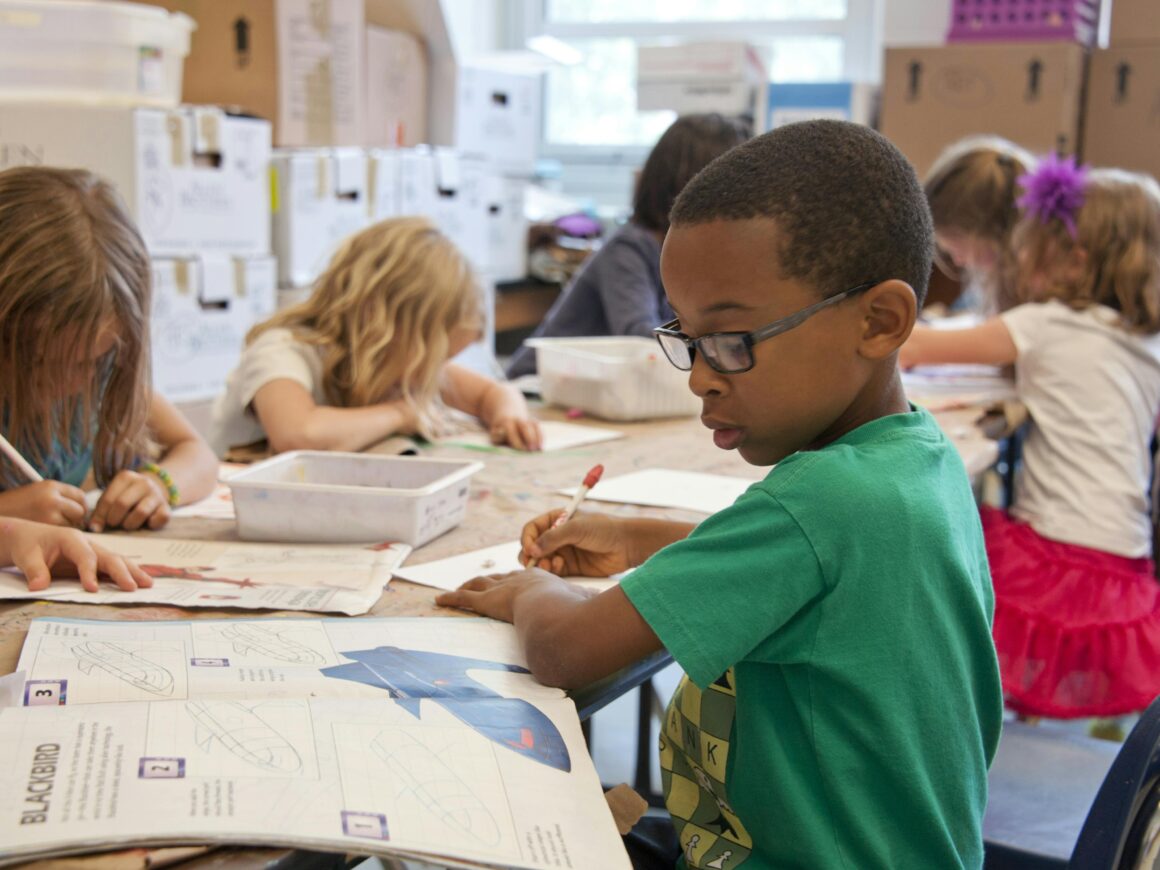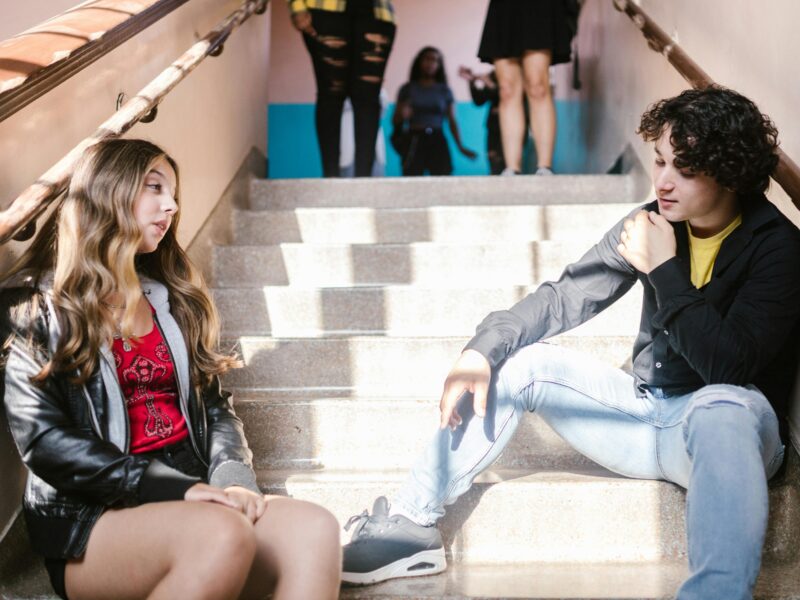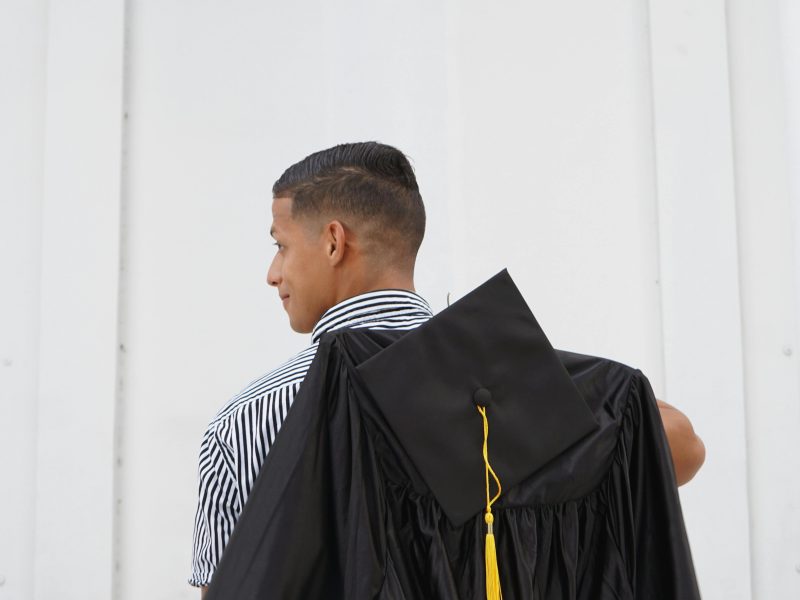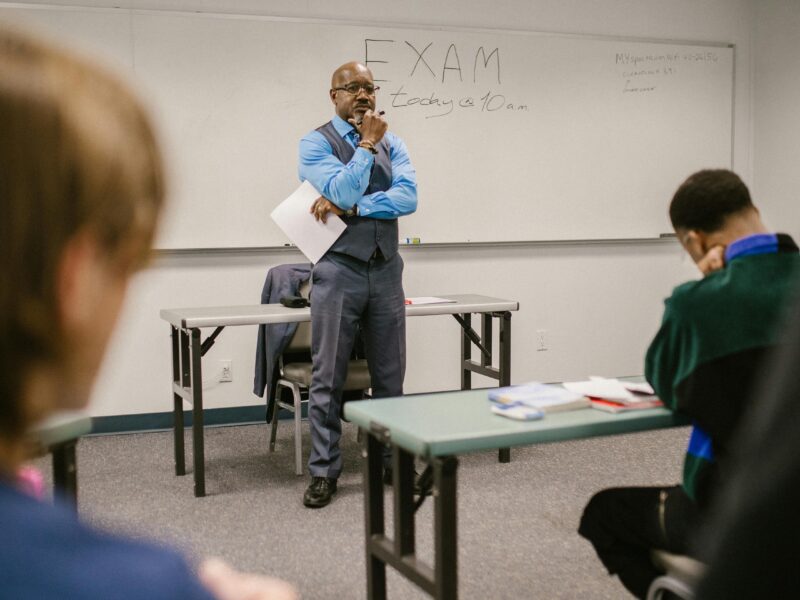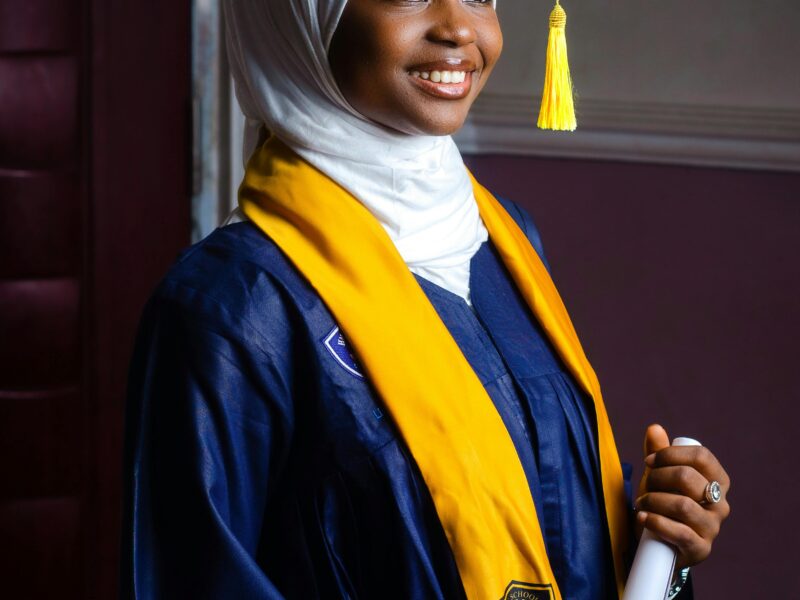Courses for Art Students
Courses for Art Students, Courses for Art Students, As imagination fuels creative visions, higher education empowers artistic expressions through dedicated instruction. This guide profiles core courses cultivating techniques, theories and professional practices.
Understanding foundational and specialized options optimizes talents across mediums. Knowledge nurtures portfolios fueling lifetime careers in the visual arts. Are you ready to uncover your educational path? This journey of discovery begins here.
Foundation Courses
Core programs lay groundwork including:
– Drawing: Rendering skills honing observation and techniques using varied media like graphite, charcoal or pastels. Subjects range from still life to figure drawing.
– 2D Design: Building compositional skills through elements/principles of line, shape, value and color theory applied to abstract or representational works.
– 3D Design: Developing sculptural skills applying design concepts physically through installations, ceramics, carving or modeling.
– Art History: Cultural and contextual backgrounds appreciating diverse styles progressing art globally.
Masters emanate from principles learned through dedicated practices.
Studio Art Courses
Specialized mediums cultivate passions:
– Painting: Techniques across watercolor, acrylic, oil or mixed media exploring abstraction and realism.
– Printmaking: Traditional and digital processes like etching, lithography or silkscreen explore repetitive imagery.
– Photography/Digital Art: DSLR and software skills capture moving/still images creatively.
– Ceramics/Sculpture: Additive and reductive methods shape functional or expressive 3D forms in clay, wood or metal.
– Fiber/Jewelry Design: Multisensory textile and metal/stone settings create vibrant adornments.
Unique portfolios emerge through exploration.
Liberal Arts Electives
Complementary classes nurture well-rounded artists:
– Art of World Cultures: Global connections appreciating diverse styles, symbols and traditions.
– Creative Writing: Expressing narratives through descriptive words cultivating idea generation.
– Psychology of Art: Cognitive and emotional impact of imagery analyzed theoretically.
– Small Business Practices: Entrepreneurship and legal foundations sustain independent careers.
– Art Therapy/Education: Connecting creativity to wellness exploring community outreach.
Holistic growth equips adaptive lifelong artists.
Specialized Programs
Masters/BFA tracks immerse within areas:
– Animation/Motion Design: Storytelling through sequenced imagery and soundtracks.
– Graphic Design: Branding and visual communications develop entrepreneurial skills.
– Fashion/Textile Design: Surface techniques and pattern-making cultivate wearable and home fashions.
– Architecture/Interior Design: Spatial and material organization applied to structures.
– Art Education: Methods guiding creative practices spanning K-12 classrooms.
Endless potential awaits discovery – explore your path to lifelong expression!
Art is a diverse and dynamic field that offers students a range of creative and professional opportunities. Whether one is passionate about painting, sculpture, digital design, or art history, there are numerous courses designed to refine skills and deepen artistic knowledge. Below are some of the best courses for art students looking to enhance their expertise and expand their creative horizons.
Have you ever noticed how people often overlook art courses?
1. Fine Arts
This course is ideal for students who wish to develop their traditional artistic skills in areas such as painting, drawing, and sculpture. Fine arts programs provide hands-on experience and theoretical knowledge, allowing students to build a strong foundation in various artistic techniques.
2. Graphic Design
Graphic design courses teach students how to create visual content for print, digital media, and advertising. This program covers typography, branding, user experience (UX) design, and software like Adobe Photoshop and Illustrator. It is a great option for those interested in commercial art and digital creativity.
3. Photography
Photography courses cover both technical and artistic aspects of capturing images. Students learn about lighting, composition, editing, and storytelling through photography. With the rise of digital media, photography skills are increasingly valuable in various industries.
4. Illustration
Illustration courses focus on drawing and visual storytelling techniques. Students are trained in traditional and digital illustration methods, preparing them for careers in book illustration, concept art, and advertising.
5. Fashion Design
This course is perfect for students interested in clothing and accessory design. It covers textile selection, fashion sketching, garment construction, and industry trends. Fashion design courses often include practical assignments that help students create their own unique styles.
6. Interior Design
Interior design programs teach students about space planning, color theory, furniture design, and architectural elements. This course is ideal for those who want to blend creativity with functional design solutions for homes, offices, and commercial spaces.
7. Digital Art and Animation
For students who want to explore digital creativity, courses in digital art and animation are an excellent choice. These programs teach skills in 2D and 3D animation, character design, motion graphics, and visual effects (VFX), essential for careers in gaming, film, and multimedia design.
8. Art History
Art history courses provide insights into different artistic movements, famous artists, and cultural influences on art. This program is ideal for students interested in curatorial work, art criticism, or academic research.
9. Ceramics and Sculpture
This hands-on course teaches students the techniques of working with clay, metal, and other materials to create three-dimensional artworks. It is perfect for those who enjoy working with their hands and want to experiment with form and texture.
10. Multimedia and Web Design
With the increasing demand for digital content, multimedia and web design courses equip students with skills in website creation, interactive media, and animation. These courses combine artistic creativity with technical knowledge to prepare students for modern digital careers.
Choosing the Right Course
Selecting the right course depends on personal interests, career goals, and artistic preferences. Many institutions offer short-term workshops, diploma programs, and degree courses, allowing students to choose based on their aspirations and availability.
Conclusion
Courses for Art Students, Art students have a vast array of courses to explore, each catering to different aspects of creativity and professional growth. Whether pursuing traditional fine arts or digital innovations, these courses provide valuable skills and knowledge to help students succeed in the ever-evolving world of art. With dedication and passion, aspiring artists can transform their creativity into rewarding careers.
